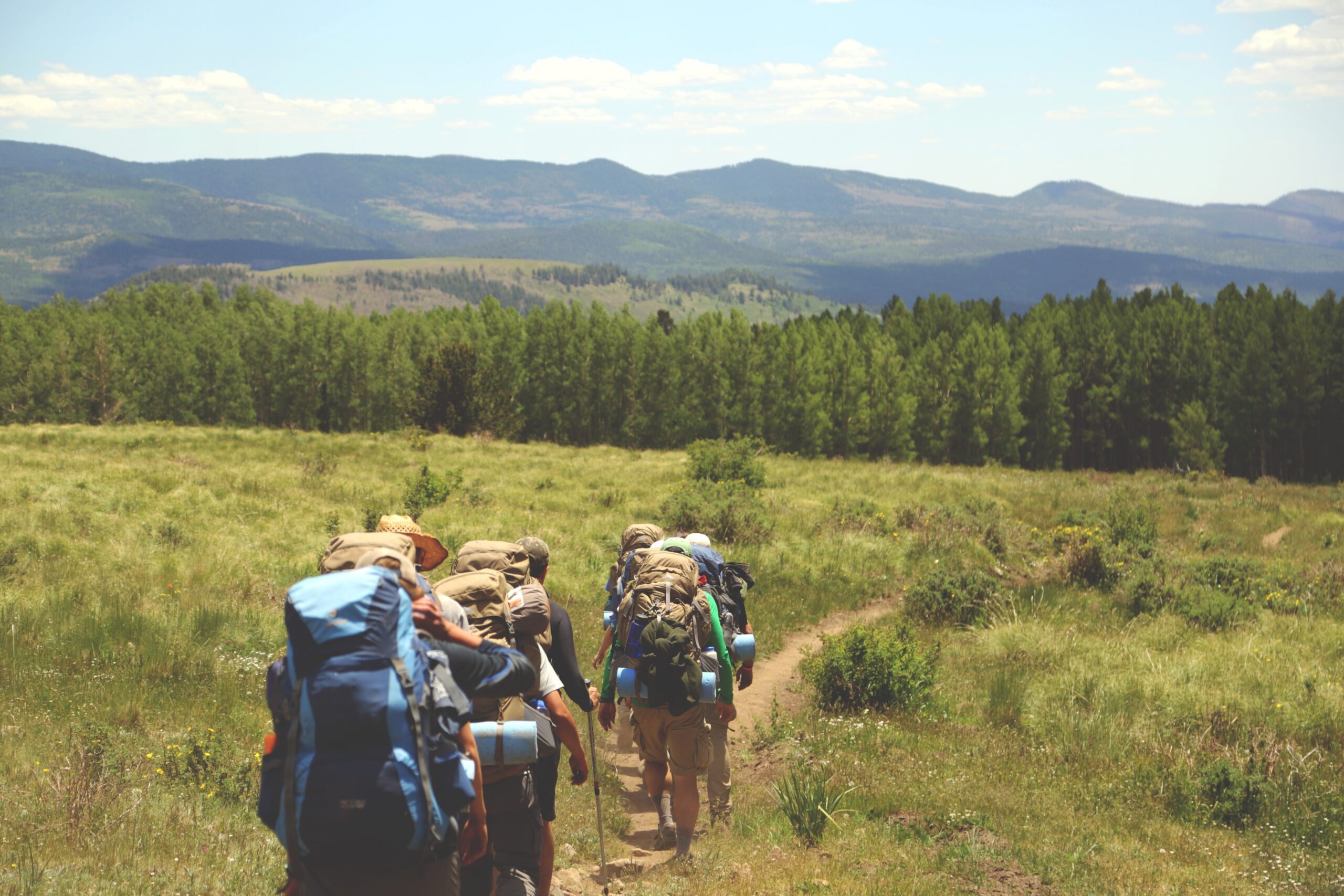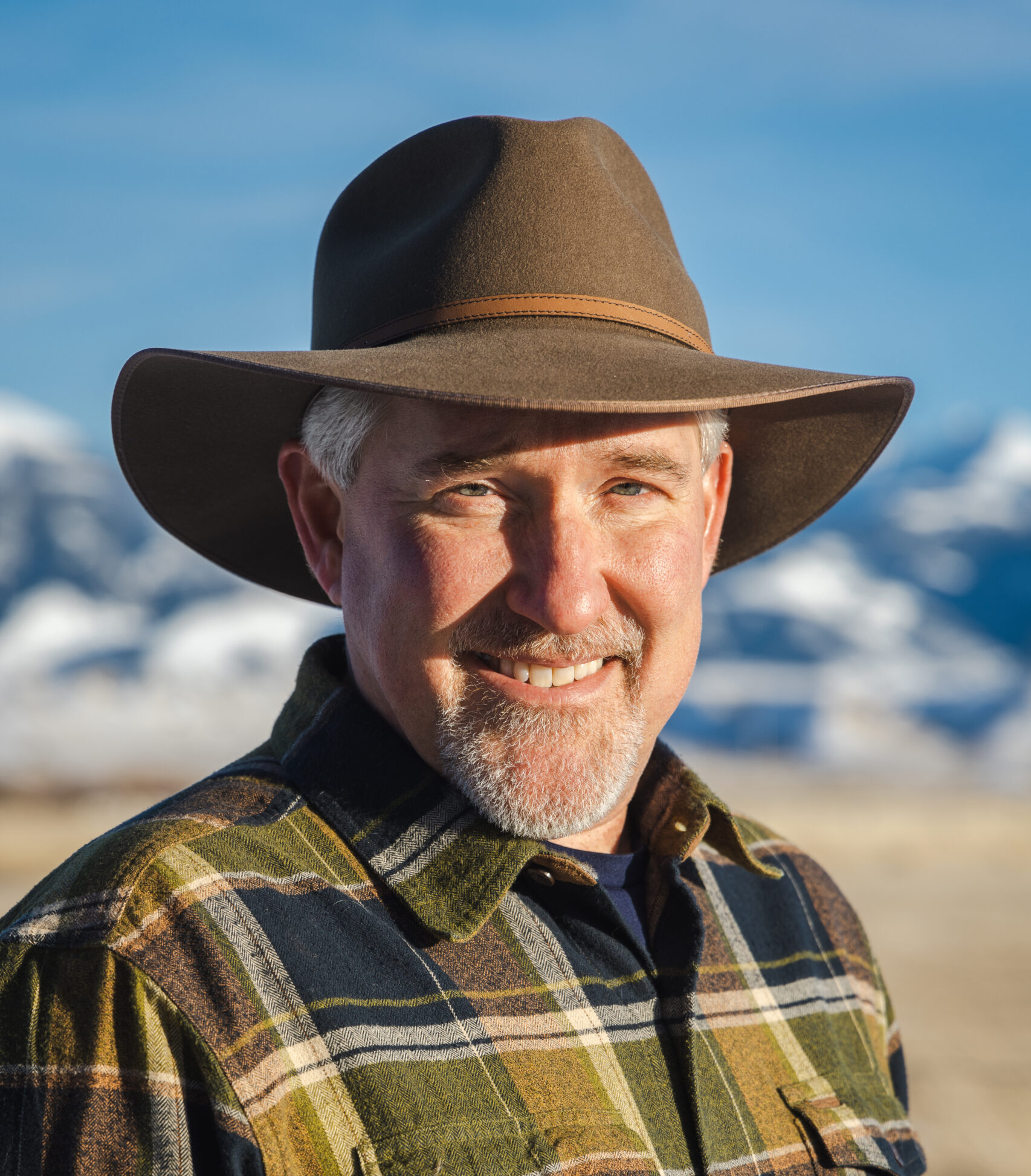This article originally appeared in the Bozeman Daily Chronicle.
Last weekend, thousands of people in the Greater Yellowstone Ecosystem took to the trails to knowingly, or unknowingly, celebrate National Trails Day. Many good samaritan hikers, bikers and outdoor recreationists spent their day on a favorite trail with a shovel or picking up trash. National Trails Day is a wonderful way to celebrate our public lands and our pathways to nature. It is also a day to recognize the reality that public lands need our help.
The American Hiking Society estimates that we have nearly 200,000 miles of trails on our federal lands. As the number of recreationists increases throughout the country and we find new ways to recreate, we are also increasing the wear and tear on our lands. Between the National Park Service, the Forest Service, the Bureau of Land Management and the Fish and Wildlife Service, we are facing an overdue maintenance need of more than $18 billion. That’s to fix our trails, the roads, and infrastructure we use to access them, and other facilities that make our days in the woods more enjoyable. In national parks, thousands of miles of trails are rated “poor’ or “seriously deficient,” and the Forest Service estimates that catching up with its own trail maintenance would cost $279 million.
National Trails Day is a great starting point for getting recreationists engaged in giving back to our favorite outdoor playgrounds. But our lands need more than one day of recognition and work to get them back in shape. Recreationists should embrace the attitude that as public landowners we should also be public land stewards by putting our money where our footprints are.
The good news is there are various efforts underway to create the mechanisms to help our trail users also become trail caretakers.
In Congress, the bipartisan National Park Restoration Act sets out to address the more than $11 billion deferred maintenance backlog faced by the National Park Service. The act creates the National Park Restoration Fund to provide mandatory funding for deferred maintenance projects in an effort to eliminate the backlog by 2030. It would channel half of revenues from onshore and offshore energy production on federal lands over expected amounts that are not already allocated to other purposes.
Another, more direct way for us to better support our public lands is by paying user fees to recreate, much like sportsmen and women do to hunt and fish. It’s a simple proposition that people like me, who place the most demand on the outdoors, should do our extra share to enhance our public lands now and for future generations.
Recently, the National Park Service modestly raised entry fees by about $5 at all parks where fees are currently charged. This should generate an additional $60 million a year, with 80 percent of the user fees remaining in the park where they were collected to help fund park management. As recreationists, it’s great news that for the price of an ice cream cone at Yellowstone’s Canyon Lodge, we will collectively be investing millions in the future of our national parks.
States, too, are finding ways to involve users in funding and managing public recreation opportunities. This November, voters in Georgia will have a chance to approve the Georgia Outdoor Stewardship Act, which would take a portion of taxes collected from the sale of recreational equipment and licenses and redirect that money to a permanent fund for maintaining state parks and recreation areas.
Modest recreation fees and dedicated revenue from the sale of outdoor recreation gear have a precedent in America. It is how we fund wildlife conservation. Sportsmen and women all across the nation pay to purchase hunting and fishing licenses, stamps to harvest species, and excise taxes on hunting and fishing gear and equipment. With the money going directly back into wildlife management, this approach not only makes them part of the solution, it also gives them a sense of ownership and pride in our wildlife heritage. The disciples of America’s most famous hunter Theodore Roosevelt have created a user pays system that could equally apply in some form to the disciples of America’s most famous hiker John Muir.
While we celebrate National Trails Day, it is easy to push and prod Congress to do more to fund our public lands needs. The more responsible path is to think of ways to take ownership of this issue and help fund and support the public lands that provide us with so much enjoyment and, in the words of John Muir, “good tidings.”




